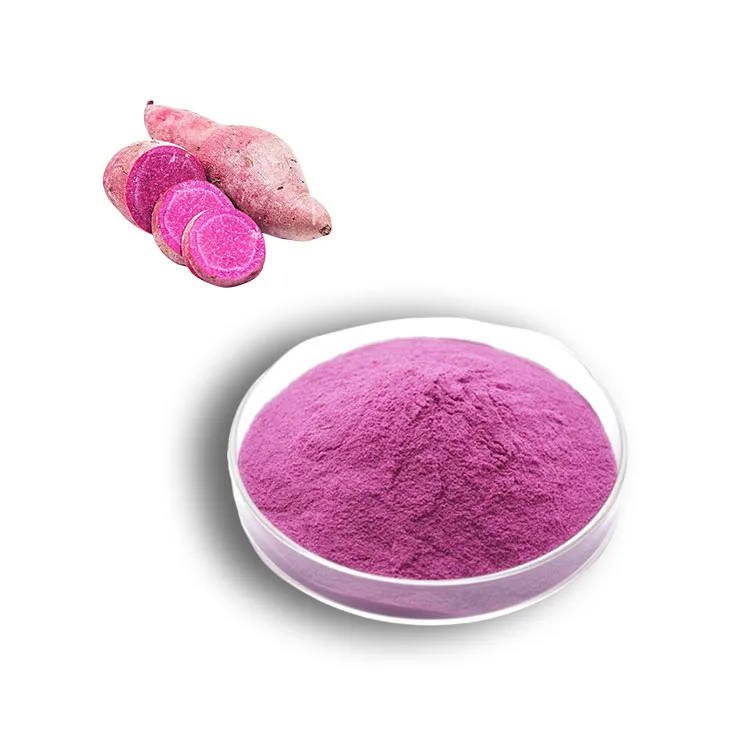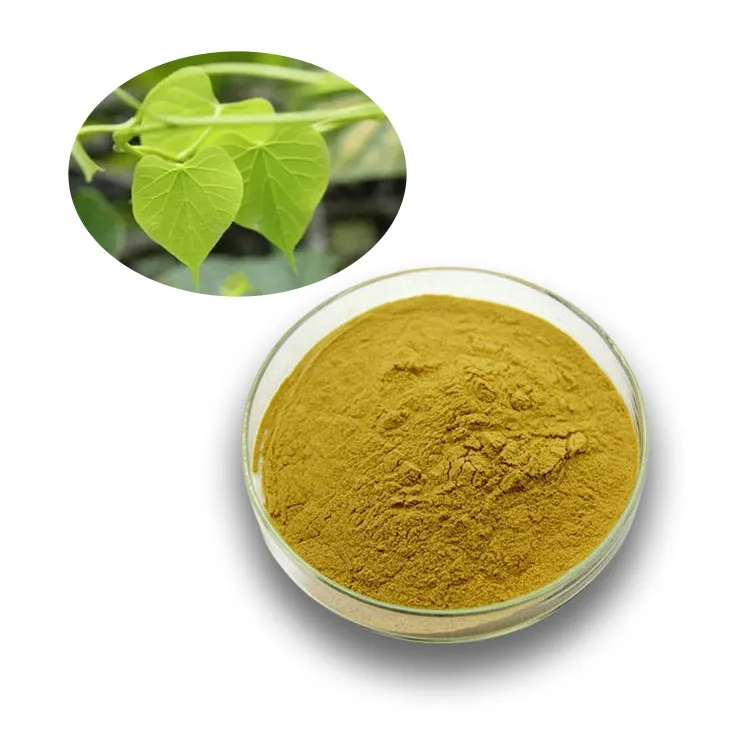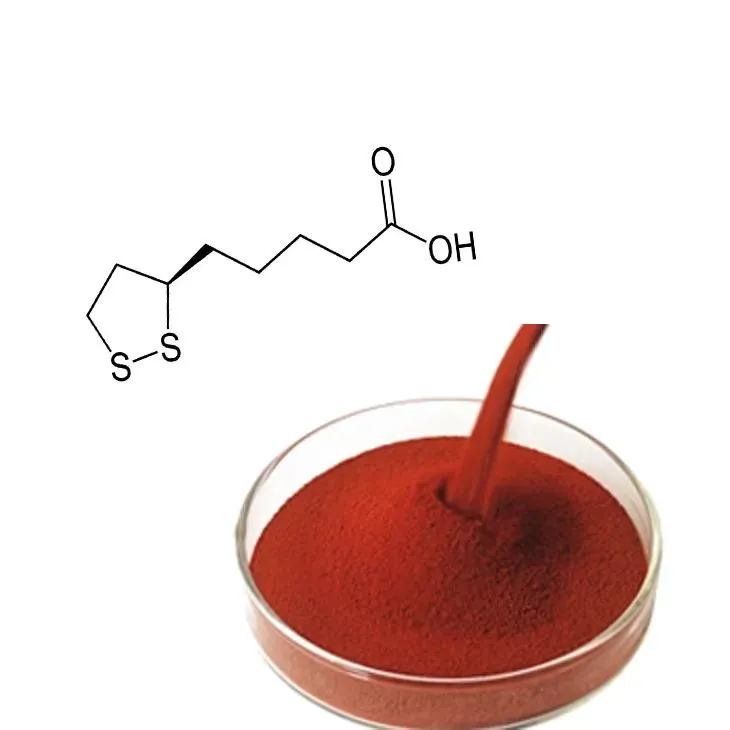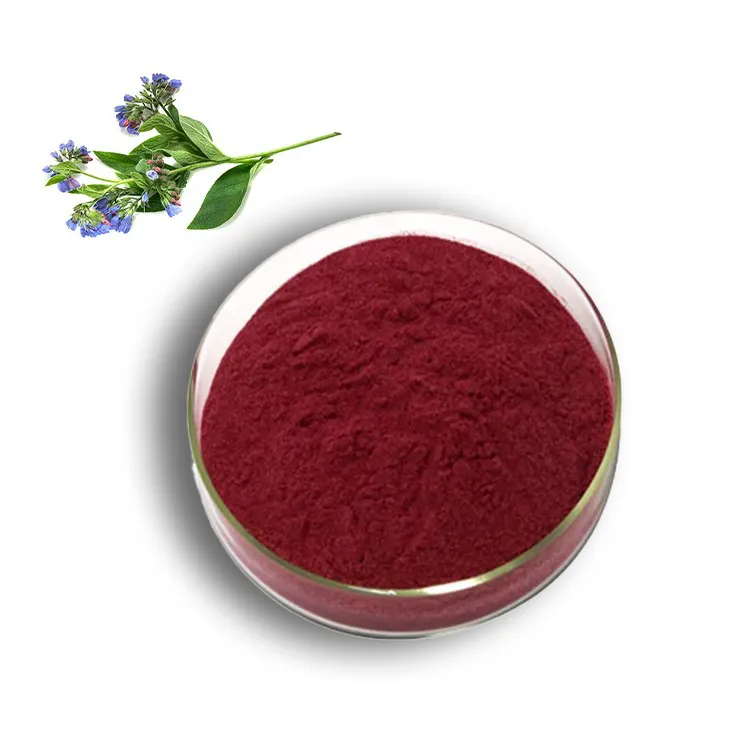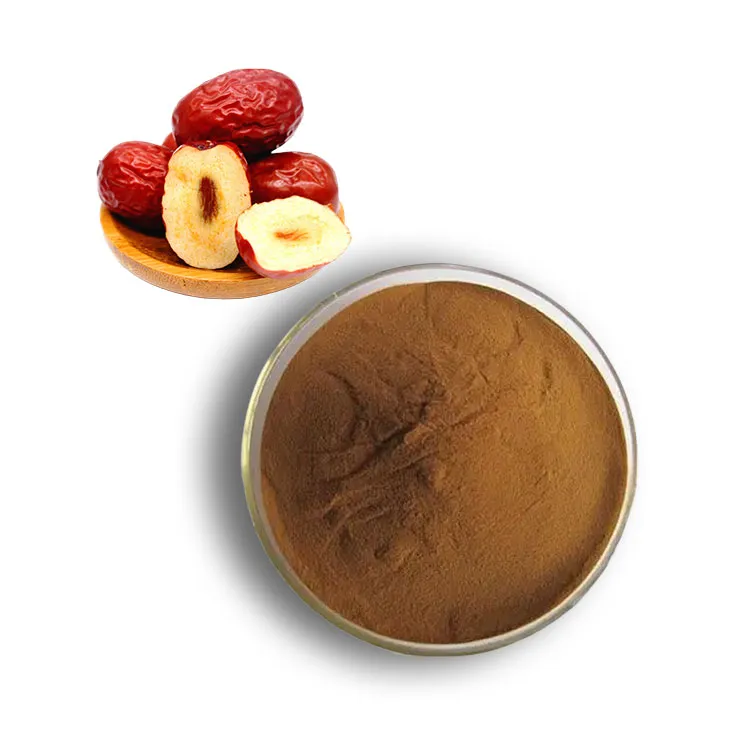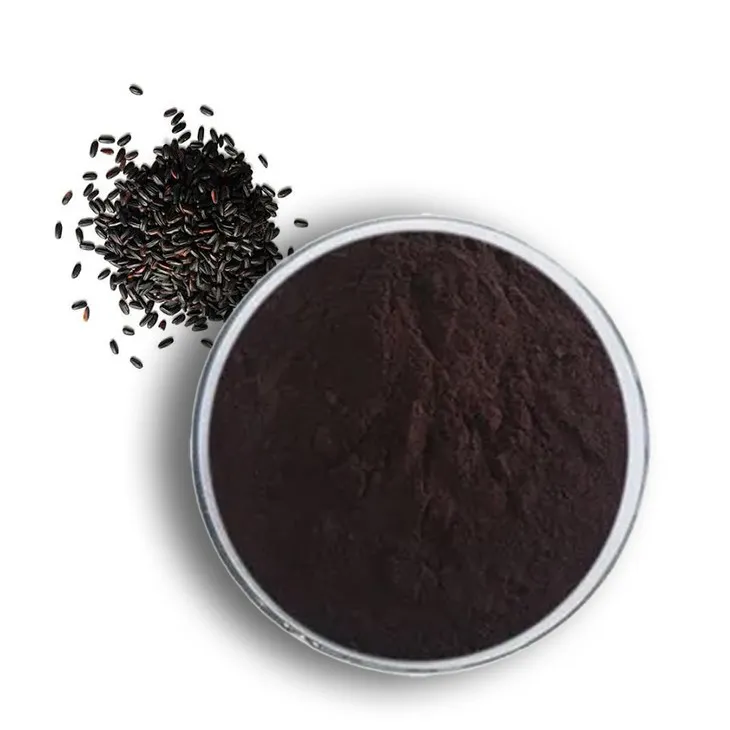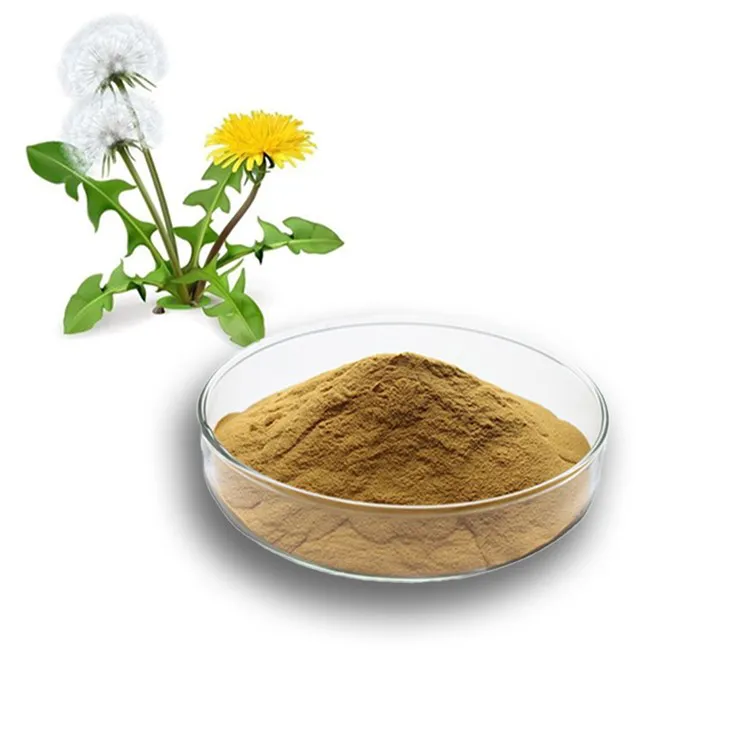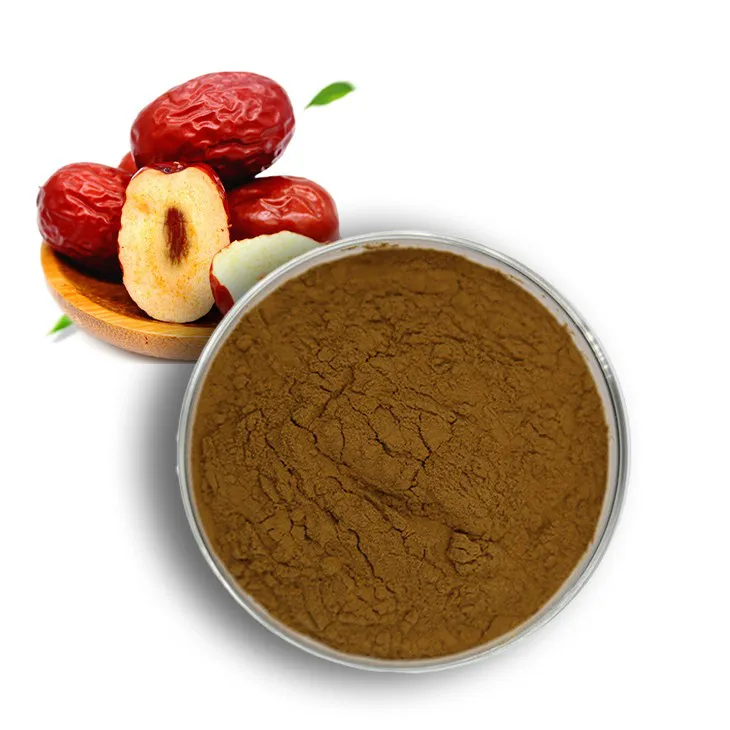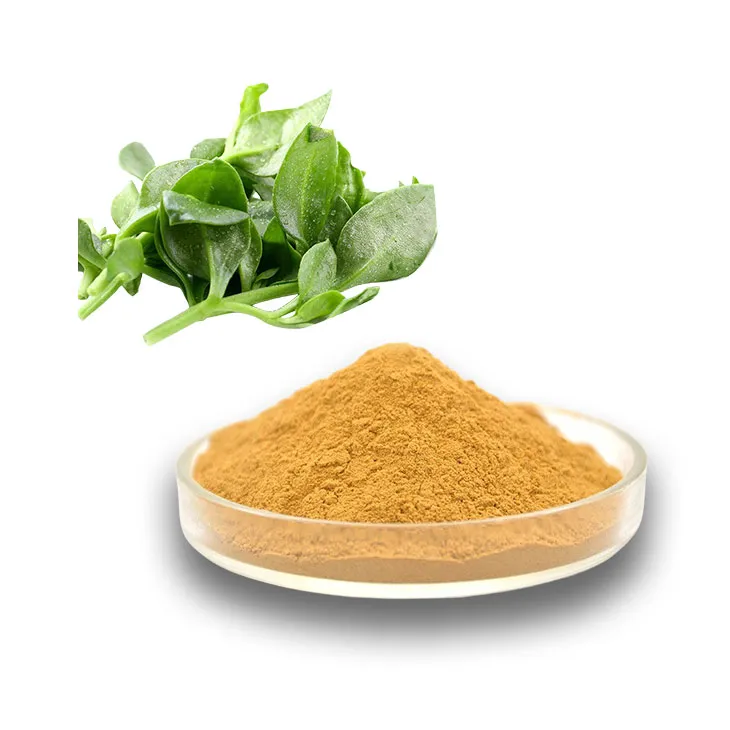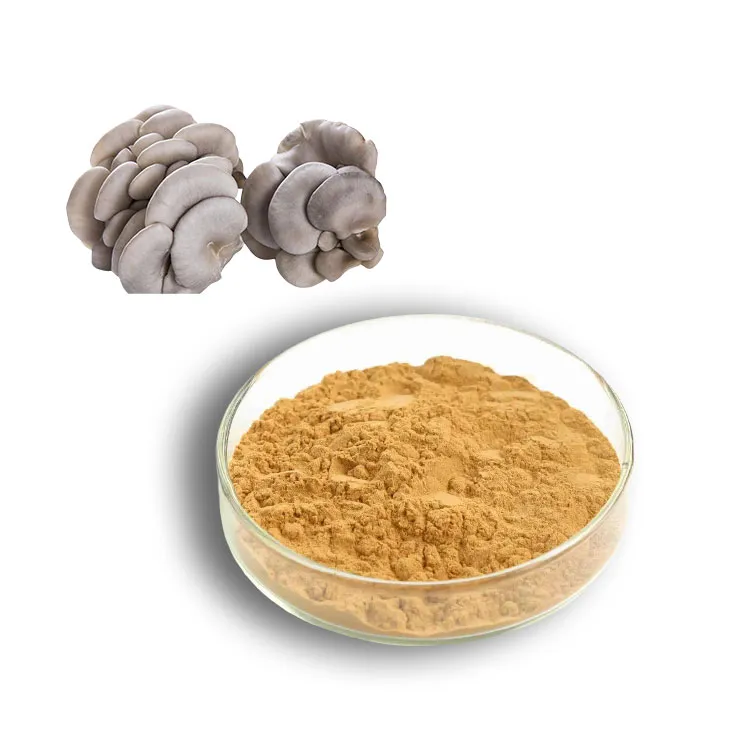- 0086-571-85302990
- sales@greenskybio.com
Scent of Serenity: A Comprehensive Guide to Lavender Extract's Multifaceted Uses
2024-07-04
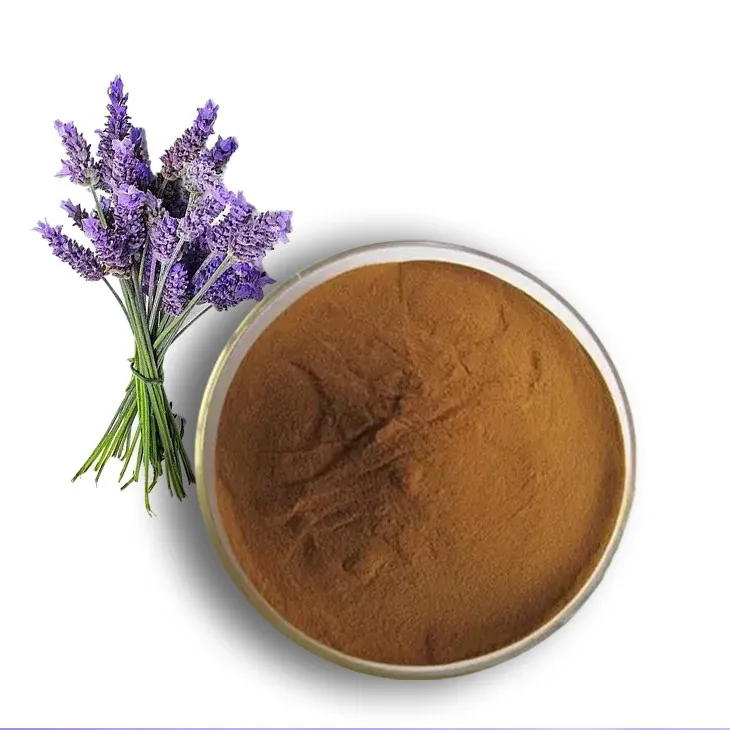
Introduction
Lavender, with its distinct and calming scent, has been cherished for centuries. Lavender Extract, obtained from the lavender plant, is a natural wonder that offers a plethora of benefits. This extract has found its way into various aspects of our lives, from promoting relaxation to enhancing the health of our skin and even adding a unique flavor to culinary delights. In this comprehensive guide, we will explore the many uses of Lavender Extract in detail.
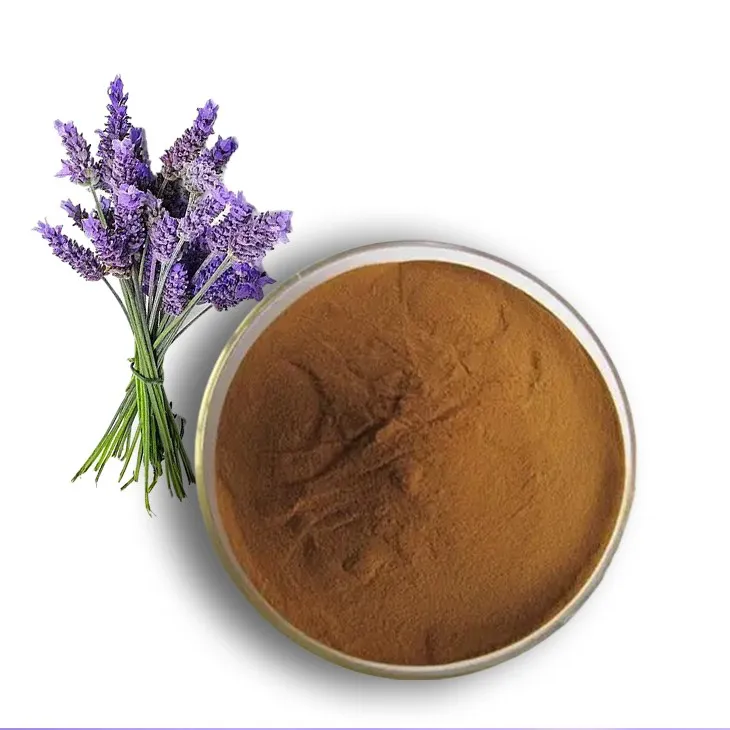
Aromatherapy: Relaxation and Stress Relief
The Science behind Aromatherapy
Aromatherapy is an alternative medicine practice that utilizes essential oils, such as Lavender Extract, for their therapeutic properties. When we inhale the scent of lavender, it interacts with the olfactory system in our nose. The olfactory receptors send signals to the limbic system in the brain, which is associated with emotions, memory, and arousal. Lavender has been shown to have a calming effect on the nervous system. It can reduce the levels of stress hormones like cortisol in the body.
Methods of Using Lavender Extract in Aromatherapy
- Diffusers: One of the most popular ways to use lavender extract in aromatherapy is through diffusers. Electric diffusers break the essential oil into tiny particles and disperse it into the air. This fills the room with the relaxing scent of lavender, creating a serene environment. You can use it in your bedroom before going to sleep to promote a restful night's sleep.
- Inhalation Sticks: Lavender inhalation sticks are another convenient option. These are small, portable devices that contain a wick soaked in lavender extract. You can simply inhale the scent directly from the stick whenever you need a quick relaxation boost, such as during a stressful workday or while traveling.
- Aromatherapy Sprays: Lavender - based aromatherapy sprays can be sprayed on bedding, pillows, or in the air. They are easy to make at home. All you need is some lavender extract, water, and a small amount of alcohol (as a preservative). Spray it in your living room or office to create a calming atmosphere.
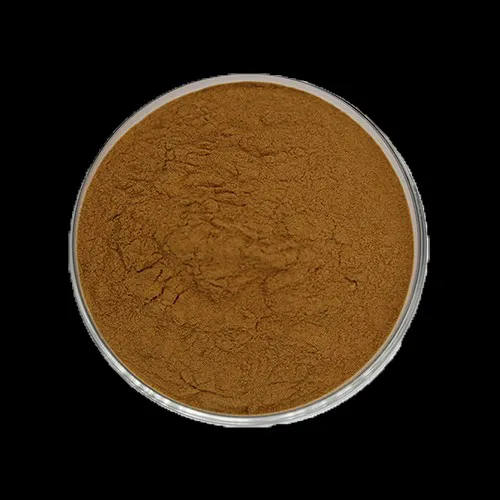
Skincare: Soothing and Anti - Inflammatory Properties
Lavender Extract in Skin Health
Lavender extract is a valuable ingredient in skincare due to its numerous beneficial properties. It has natural anti - inflammatory properties that can help soothe irritated skin. This makes it useful for treating conditions such as eczema, psoriasis, and acne. It can reduce redness, swelling, and itching associated with these skin problems.
Skincare Products Containing Lavender Extract
- Moisturizers: Many moisturizers on the market now contain lavender extract. These moisturizers are great for all skin types, especially for those with sensitive skin. The lavender extract helps to keep the skin hydrated while also providing its soothing benefits.
- Face Masks: Lavender - infused face masks are becoming increasingly popular. They can be used to deep - clean the pores, reduce inflammation, and leave the skin feeling refreshed. You can find both commercial face masks with lavender extract or make your own at home using natural ingredients like clay, honey, and of course, lavender extract.
- Serums: Skin serums with lavender extract are designed to target specific skin concerns. For example, some serums are formulated to reduce the appearance of fine lines and wrinkles while also calming the skin. The lightweight texture of serums allows for better absorption of the lavender extract and other active ingredients.
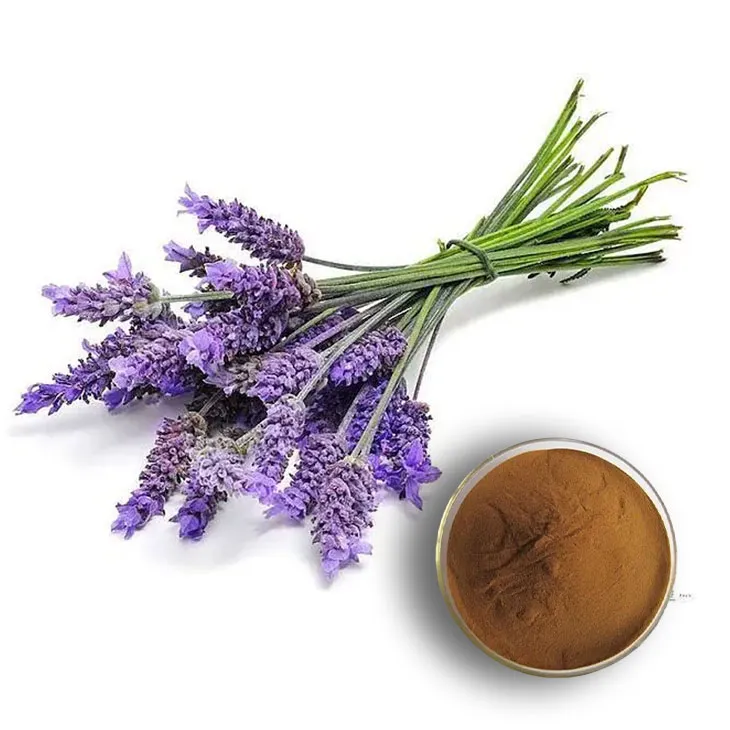
Culinary Uses: Adding a Touch of Floral Elegance
The Flavor Profile of Lavender
Lavender has a unique flavor profile that is both floral and slightly sweet. It adds a touch of elegance to culinary creations. However, it should be used sparingly as its flavor can be quite potent. The taste of lavender extract can enhance the flavor of both sweet and savory dishes.
Lavender in Sweet Dishes
- Lavender - Infused Desserts: Lavender can be used to make delicious desserts. For example, lavender - infused ice cream is a popular treat. The floral notes of lavender complement the creaminess of the ice cream. Lavender can also be added to cakes, cookies, and pastries. For instance, a lavender - flavored shortbread cookie has a delicate and sophisticated taste.
- Jams and Preserves: Lavender can be incorporated into jams and preserves. A lavender - lemon jam is a wonderful combination. The acidity of the lemon pairs well with the floral flavor of lavender, creating a unique and delicious spread for toast or scones.
Lavender in Savory Dishes
- Seasoning for Meats: Lavender can be used as a seasoning for meats. It pairs well with lamb, adding a unique flavor dimension. You can make a lavender - rub for lamb chops by mixing lavender extract with other herbs and spices like rosemary, thyme, and garlic.
- Salad Dressings: Lavender can also be used in salad dressings. A lavender - vinaigrette can add a floral and tangy note to a salad. Combine lavender extract with vinegar, olive oil, and a touch of honey to create a delicious dressing for green salads or fruit salads.
Home - Made Remedies: Natural Solutions
Headache Relief
Lavender extract can be used as a natural remedy for headaches. You can make a lavender - infused oil and apply it to your temples. The calming and analgesic properties of lavender can help relieve headache pain. To make the infused oil, simply add dried lavender flowers to a carrier oil like olive oil and let it sit for a few weeks. Then, strain the oil and it's ready to use.
Insomnia Remedies
- Lavender - Scented Pillows: One of the simplest ways to use lavender for insomnia is to make a lavender - scented pillow. You can either sew some dried lavender flowers into a small sachet and place it inside your pillowcase or use a pillow spray infused with lavender extract. The gentle scent of lavender can help relax the mind and body, promoting a better night's sleep.
- Lavender Tea: Drinking lavender tea before bed can also be beneficial for those suffering from insomnia. Lavender tea has a calming effect on the nervous system. To make lavender tea, steep dried lavender flowers in hot water for about 5 - 10 minutes. You can add a little honey for taste.
Minor Burns and Cuts
Lavender extract has antiseptic and healing properties, making it useful for minor burns and cuts. You can apply a diluted lavender extract solution to the affected area. The anti - inflammatory properties of lavender can help reduce swelling and pain, while the antiseptic properties can prevent infection. However, for more serious burns or cuts, it is always advisable to seek medical attention.Conclusion
In conclusion, lavender extract is a truly multi - faceted ingredient with a wide range of uses. Whether it's for relaxation through aromatherapy, skincare, culinary creations, or home - made remedies, lavender extract offers something unique. Its natural properties make it a valuable addition to our daily lives. As with any natural product, it's important to use it properly and be aware of any potential allergies or sensitivities. But when used correctly, lavender extract can bring a touch of serenity and natural goodness to many aspects of our lives.
FAQ:
What are the main relaxation benefits of lavender extract in aromatherapy?
Lavender extract has several relaxation benefits in aromatherapy. Its pleasant scent stimulates the olfactory system, which in turn sends signals to the brain. These signals can help reduce the activity of the sympathetic nervous system, which is associated with the body's fight - or - flight" response. As a result, it can promote a sense of calmness, reduce anxiety levels, and help relieve stress. It may also aid in improving sleep quality by creating a more relaxed mental state.
How does lavender extract work for skin soothing in skincare?
In skincare, lavender extract works for skin soothing in multiple ways. It contains natural compounds with anti - inflammatory properties. These compounds can help reduce redness, swelling, and irritation on the skin. Additionally, lavender extract has antioxidant effects, which protect the skin from damage caused by free radicals. It also has antimicrobial properties that can prevent certain skin infections, all of which contribute to its overall skin - soothing capabilities.
Can you give some examples of culinary uses of lavender extract?
Lavender extract can be used in various culinary creations. It can be added to baked goods like cookies, cakes, and scones to impart a unique floral flavor. In beverages, it can be used in making lavender - flavored tea, lemonade, or cocktails. It can also be used in making jams and marmalades, adding an interesting and sophisticated flavor note. However, it should be used sparingly as its flavor is quite strong.
What are some common homemade remedies using lavender extract?
One common homemade remedy using lavender extract is for headache relief. A few drops of lavender extract can be diluted in a carrier oil like almond oil and then massaged onto the temples. For minor burns or insect bites, a lavender - infused compress can be made by soaking a cloth in a solution of lavender extract and water and applying it to the affected area. Lavender extract can also be added to bathwater to create a relaxing and soothing bath for stress relief.
Is lavender extract suitable for all skin types in skincare?
Lavender extract is generally considered suitable for most skin types in skincare. However, some people with very sensitive skin may experience mild irritation. It is always advisable to do a patch test before using products containing lavender extract on the face or other large areas of the skin. For oily skin, its anti - inflammatory properties can help reduce sebum production and inflammation. For dry skin, it can provide soothing and moisturizing effects when combined with appropriate emollients.
Related literature
- "The Benefits of Lavender in Aromatherapy: A Review"
- "Lavender Extract in Skincare: Science and Applications"
- "Culinary Uses of Lavender: From Ancient Times to Modern Gastronomy"
- "Home Remedies with Lavender: Traditional and Contemporary Approaches"
- ▶ Hesperidin
- ▶ Citrus Bioflavonoids
- ▶ Plant Extract
- ▶ lycopene
- ▶ Diosmin
- ▶ Grape seed extract
- ▶ Sea buckthorn Juice Powder
- ▶ Fruit Juice Powder
- ▶ Hops Extract
- ▶ Artichoke Extract
- ▶ Mushroom extract
- ▶ Astaxanthin
- ▶ Green Tea Extract
- ▶ Curcumin
- ▶ Horse Chestnut Extract
- ▶ Other Product
- ▶ Boswellia Serrata Extract
- ▶ Resveratrol
- ▶ Marigold Extract
- ▶ Grape Leaf Extract
- ▶ New Product
- ▶ Aminolevulinic acid
- ▶ Cranberry Extract
- ▶ Red Yeast Rice
- ▶ Red Wine Extract
-
Purple Sweet Potato Extract
2024-07-04
-
Tinospora cordifolia extract
2024-07-04
-
Astaxanthin
2024-07-04
-
Shikonin
2024-07-04
-
Red Date Extract
2024-07-04
-
Black Rice Extract
2024-07-04
-
Dandelion Leaf Extract
2024-07-04
-
Jujube Extract
2024-07-04
-
Andrographis Paniculata Extract Powder
2024-07-04
-
Oyster Mushroom Extract Powder
2024-07-04











